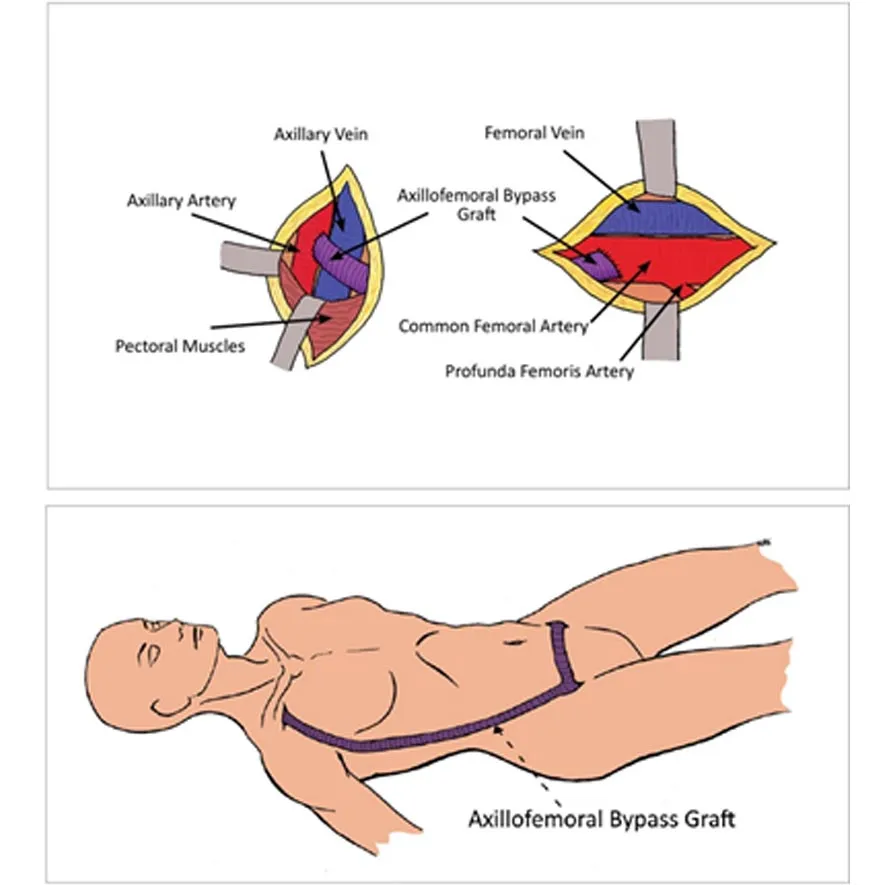Providing comprehensive Cardiac Surgical, Thoracic Surgical and Vascular Surgical care.
Department of Cardiothoracic Surgery
Program Specific Outcomes
Progressive and sustained increase in regular and complicated operation.
Faculty List
| SNo. | Name | Designation |
| 1 | Srinivasa Reddy. P. | Consultant |
| 2 | Mugunthan. T. | Senior Resident |
Facilities
Cardiac ICU, Intra-aortic balloon, CPB machine can be upgraded to perform ECMO.
Academics
Under graduate classes in Thoracic and Cardiac topics.
Outreach
| Sl.No. | Date | Place | No. Patients screened |
|---|---|---|---|
| 1. | 28.01.2018 | Virudhachalam | 386 |
| 2. | 25.02.2018 | Chengam | 420 |
| 3. | 18.03.2018 | Ananthapuram | 236 |
| 4. | 03.06.2018 | Thiruvannamalai | 120 |
| 5. | 21.08.2018 | Sedharapet | 204 |
| 6. | 09.09.2018 | Vikravandi | 308 |
| 7. | 21.10.2018 | Kandachipuram | 230 |
| 8. | 20.01.2019 | Radhapuram | 158 |
| 9. | 24.02.2019 | Villupuram | 297 |
| 10. | 17.03.2019 | Thirukkovilur | 284 |
| 11. | 07.07.2019 | Thiruvannamalai | 239 |
| 12. | 29.09.2019 | Chinna salem | 194 |
| 13. | 19.11.2019 | cheyyar | 244 |
| 14. | 15.12.2019 | Thellar | 319 |
| 15. | 01.03.2020 | Polur | 80 |
| 16. | 02.10.2022 | Thiruvannamalai | 111 |
| 17. | 02.04.2023 | Villupuram | 407 |
| 18. | 06.08.2023 | Thiruvannamalai | 115 |
Events
Peripheral artery disease (PAD) occurs when plaque accumulates in the arterial system and obstructs blood flow. Narrowing of the abdominal aorta and the common iliac arteries due to atherosclerotic plaques restricts blood supply to the lower limbs. Clinically, the lower limb symptoms of PAD are intermittent claudication, discoloration of the toes, and skin ulcers, all due to arterial insufficiency. Surgical revascularization is the primary mode of treatment for patients with severe limb ischemia. The objective of the surgical procedure is to bypass a blockage in an occluded major vessel by constructing an alternate route for blood flow using an artificial graft.
Symptomatic presentation of PAD ranges from leg discomfort and pain at rest, to intermittent claudication, to critical limb ischemia resulting in gangrene and subsequent amputation
The objectives of PAD management are to alleviate symptoms, to reduce the risk of adverse cardiovascular events, and to preserve limb function. Smoking cessation, dietary modifications, and other healthy lifestyle changes can improve patient outcomes. Surgical revascularization is required when behavioral modifications are not effective. Often, the initial treatment approach is balloon angioplasty with or without stenting to widen the arterial lumen and improve blood flow.
When an endovascular approach is not feasible, open surgical intervention is necessary to restore adequate blood flow to the lower limbs. The three main open surgical procedures are aortofemoral bypass grafting (AOFBG), axillofemoral bypass grafting (AXFBG), and aortoiliac endarterectomy.
Aorto femoral bypass (AoFB) has traditionally been considered the standard surgical treatment because of its effectiveness in relieving symptoms and its reported 5-year patency rates of about 80% or higher. However, alternatives to AoFB have long been sought, especially for older and high-risk patients, because of the considerable operative and postoperative morbidity and hospital stay associated with the procedure, which requires opening of the abdomen .Also AOFB is contraindicated in patients who have severe Aortic disease, poor candidates for open aortic surgery because of age, cardiopulmonary disease, renal insufficiency, infection, hostile aorta or abdomen, and other high-risk conditions. Alternative to AOFB is Axillofemoral bypass (AxFB) is a surgical procedure that involves creating a bypass graft from one of the axillary arteries to one or both of the femoral arteries

Complications of AXFBG include graft thrombosis or infection, seroma, plexus lesions, and arterial steal syndrome. Despite the complication rate, the five-year primary graft patency rate has been reported in the range of 54% to 80.4%.
AXFBG requires expertise and team work for the best result. For our knowledge, no one in Pondicherry region has tried this procedure. In SMVMCH, Team comprising Dr Sreenivasa Reddy , Dr Mugunthan(CTVS) Dr Vaitheesvaran (Plastic surgery) & Dr Ranjan and his anesthesia team performed the procedure on 45 year old male who required AXFBG.
45-year-old male presented with a complaint of pain and blackish discoloration in the right little toe. Arterial Doppler revealed a thrombus in the right popliteal artery. Subsequently, he underwent CT peripheral angiography, which demonstrated that the abdominal aorta was diseased and calcified, with a significant lesion in bilateral iliac arteries and complete occlusion of bilateral popliteal arteries. His ECHO showed Mod LV Dysfunction with EF of 35%. In view of his Aortic disease as well as cardiac condition, we decided to proceed with Right Axillo femoral bypass using 8-mm expanded polytetrafluoroethylene graft.
The patient underwent right axillo-femoral artery bypass grafting using an ePTFE vascular ring graft, along with femoro-posterior tibial artery bypass grafting using a great saphenous venous graft. The postoperative period was uneventful, and a post-surgery Doppler study confirmed good flow in the vascular graft. The patient was discharged on the 5th postoperative day in a stable condition.”
